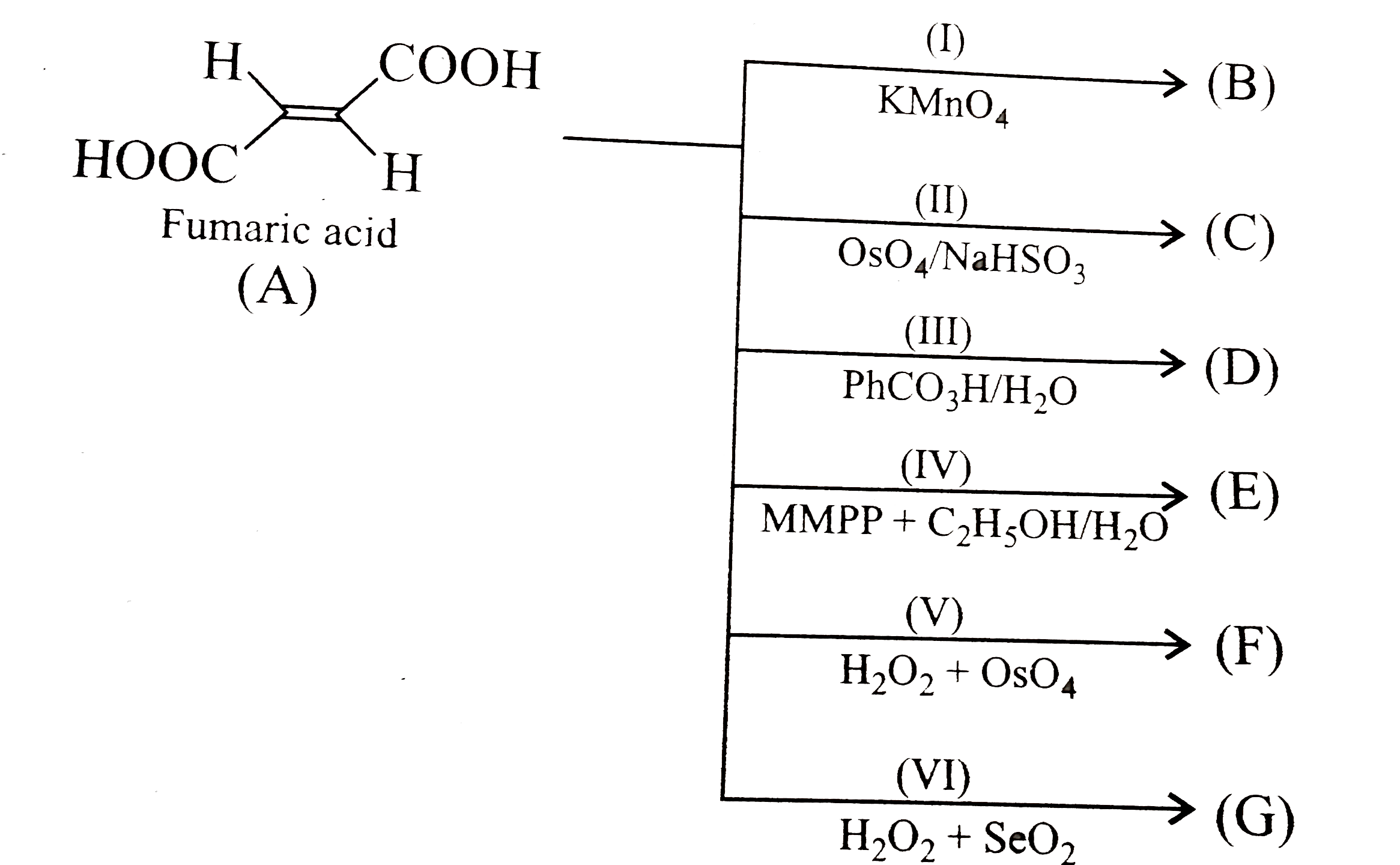The optically active tartaric acid is named as D−(+)− tartaric acid because it has a positive
A
Optical rotation and is derived from D-glucose.
B
pH in organic solvent.
C
Optical rotation and is derived from D−(+)− glyceral-dehyde.
D
Optical rotation when substituted by deuterium.
Video Solution
Text Solution
The correct Answer is:C
The symbol D denotes the relative configuration of (OH) group w.r.t. glyceraldehyde taken as standard.
Also , (+) sign refers to optical rotation and is dextro-rotatory.
|
Topper's Solved these Questions
- ISOMERISMBook:CENGAGE CHEMISTRYChapter:ISOMERISMExercise:Assertion-Reasoning Type (Exercise)
Explore 5 Videos
- ISOMERISMBook:CENGAGE CHEMISTRYChapter:ISOMERISMExercise:Fill in the blanks (Exercise)
Explore 3 Videos
- ISOMERISMBook:CENGAGE CHEMISTRYChapter:ISOMERISMExercise:Single correct answer type
Explore 13 Videos
- IONIC EQUILIBRIUMBook:CENGAGE CHEMISTRYChapter:IONIC EQUILIBRIUMExercise:Archives Subjective
Explore 28 Videos
- NCERT BASED EXERCISEBook:CENGAGE CHEMISTRYChapter:NCERT BASED EXERCISEExercise:Chemical Equilibrium
Explore 72 Videos
Similar Questions
Knowledge Check
Optically active tartaric acid is named as D(+) tartaric acid because it is
Aoptically dextro rotatory and derived from D-glucoseBit changes its activity in aqueous solutionCoptically active only when H-atoms are substitued by deuterium atomsDoptically dextro rotatory and derived from D(+) glyceraldehyde Meso Tartaric acid ARiboseBArabinoseCMannoseDTalose
Meso Tartaric acid ARiboseBArabinoseCMannoseDTaloseTartaric acid is present in
ALemonBTamarindCMaizeDAll of the above



